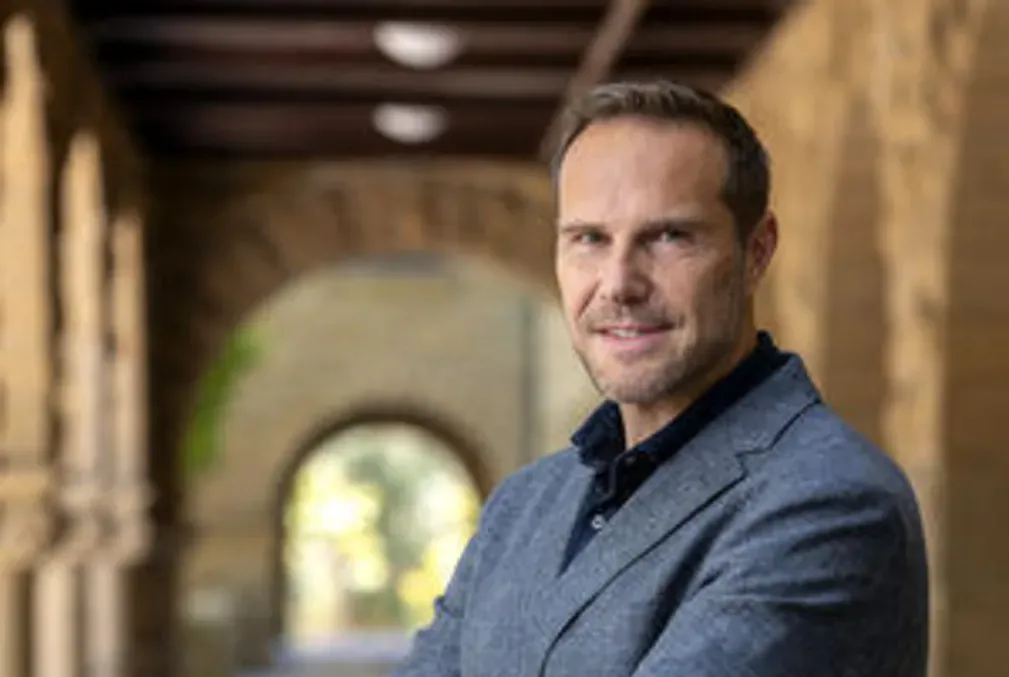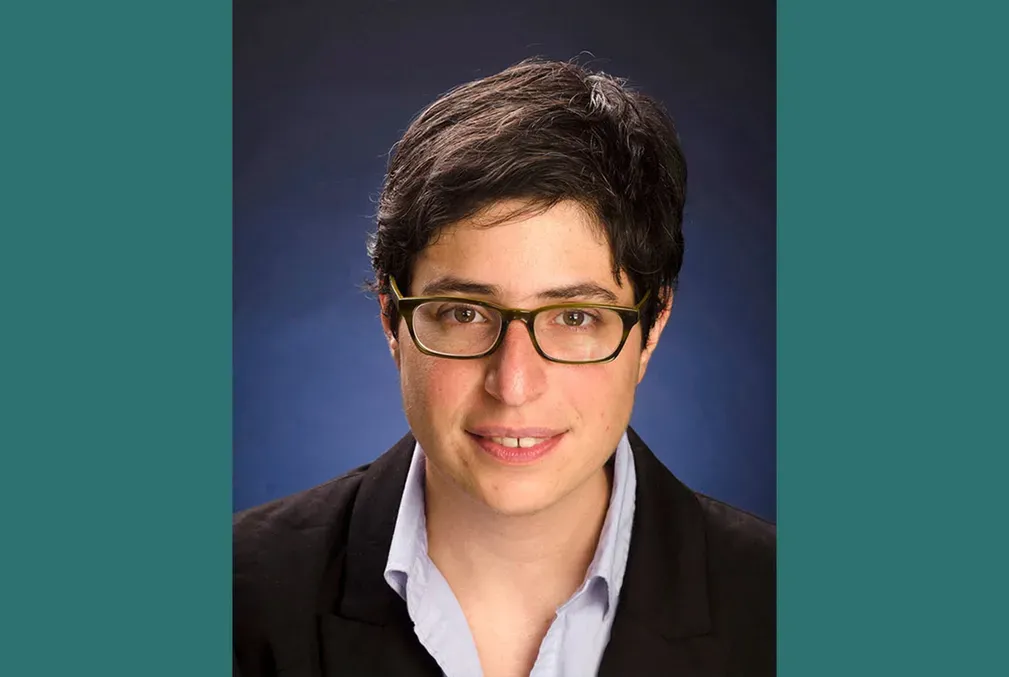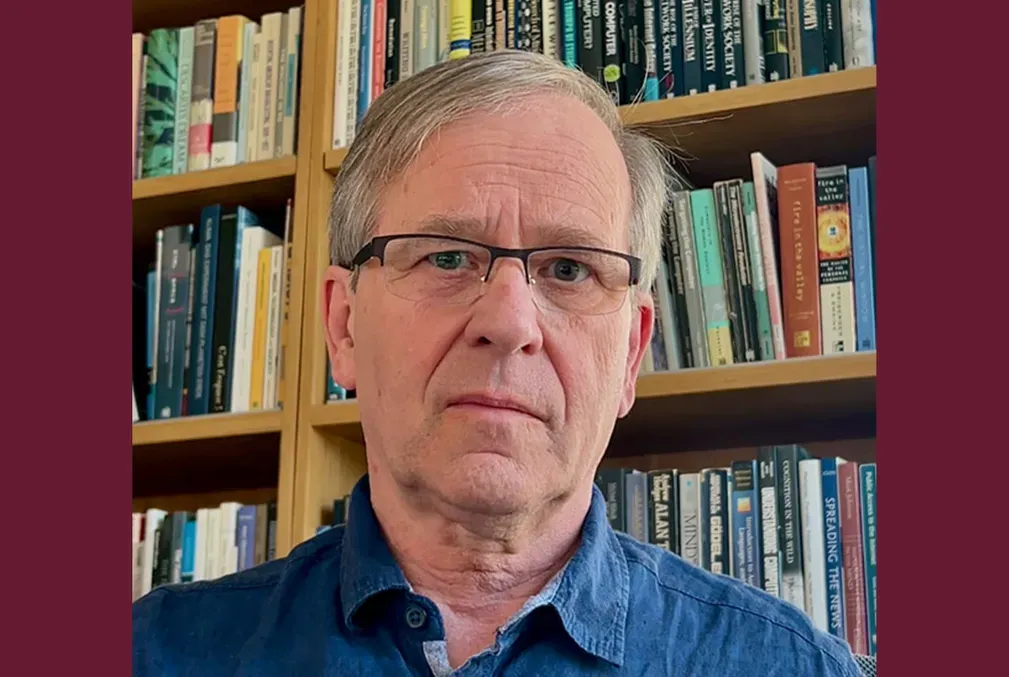2024 cohort of Stanford Science Fellows named
Stanford’s School of Humanities and Sciences has awarded five scholars from top research programs the distinguished Stanford Science Fellowship for 2024.
Five award-winning scholars have been selected as the 2024 cohort of Stanford Science Fellows.
Launched as part of Stanford’s Long-Range Vision in 2020, the highly competitive SSF program for postdoctoral researchers aims to support scholars while advancing foundational science and fostering effective interdisciplinary approaches to fundamental questions through research. Providing top postdoctoral scholars access to critical resources is a key part of ensuring their success.
“One thing that is very special about this program is that it encompasses the entire spectrum of natural sciences, from biology, to physics, to chemistry, to astronomy, ecology, and mathematics,” said Christine-Jacobs Wagner, the Dennis Cunningham Professor at the Stanford School of Humanities and Sciences. “We really encourage our fellows to take full advantage of all the amazing resources and expertise that exist at Stanford across schools and across facilities.”
Stanford Science Fellows frequently pursue research projects that are interdisciplinary, explained Jacobs-Wagner who, as a professor of biology in H&S and of microbiology and immunology at Stanford School of Medicine, is an interdisciplinary researcher herself.
“For example, a fellow might combine research that spans disciplines and research facilities at Stanford using the SLAC National Accelerator Laboratory, where there is state-of-the-art cryo-electron microscopy, to examine image samples collected at Jasper Ridge Biological Preserve or at Hopkins Marine Station,” Jacobs-Wagner said. “Or they might use advanced AI to study host–pathogen interactions, collaborating with research mentors at the School of Engineering and the School of Medicine. In fact, it's very common for our fellows to have more than one research mentor in different schools.”
Deepening our understanding of foundational science and fostering interdisciplinary approaches to research are central tenets of the program.
“The focus of the Stanford Science Fellows Program is on the fundamental research that leads to other discoveries, not on the applications of research,” said Peter Michelson, the Luke Blossom Professor in H&S and faculty director of the SSF program. “Although in many cases the results do lead to important applications.”
These blue-sky ideas come from the fellows themselves, who are given the freedom to pursue their own research interests with the support of a faculty host.
“When researchers apply to the program, they are encouraged to propose their own vision for the project they want to pursue,” Michelson said. “It's not a top-down thing. The projects are really driven by the vision of the fellows.”
2024 Stanford Science Fellows
Mojgan Asadi researches the relationship between the structure and function of enzymes using quantum mechanics and molecular mechanics simulations. She will work with faculty host Steven Boxer, the Camille Dreyfus Professor of Chemistry in H&S, to investigate the use of vibrational Stark effect probes to study the catalytic activity and covalent inhibition of enzymes that are important targets of drug development.
Veronica Frans is a quantitative ecologist who speaks six languages and emphasizes the use of local knowledge and community outreach in her work. She combines statistical modeling, ecological theory, and synthesis research to build accessible tools for conservation. She will work with faculty host Fiorenza Micheli, the David and Lucile Packard Professor of Marine Science in the Doerr School of Sustainability, to develop a new framework for predicting human–wildlife relationships under global change.
Yuanwei Li studies nanoparticles and their optical and mechanical properties. Her interdisciplinary work spans the fields of chemistry, nanophotonics, and materials science. She will work with faculty host Jennifer Dionne, associate professor of materials science and engineering in the School of Engineering, to develop new optical nanomaterials and molecular probes for biosensing and detection with applications in medical diagnostics and therapeutics.
Rafael Rivera-Lugo studies how bacterial diseases develop and progress (pathogenesis), host immune responses, and the importance of bacterial metabolism to pathogenesis. He will work with faculty host Christine Jacobs-Wagner to investigate how the microbiome influences Borrelia burgdorferi infection, the pathogen that causes Lyme disease. As a Puerto Rican and first-generation student, he cares deeply about promoting diversity, equity, and inclusion in science.
Adam Shaw studies quantum computing at the scale of atoms. He uses lasers to trap and control individual atoms to study how we can exploit their quantum properties to perform simulations faster than any classical computer. He will work with faculty host Jon Simon, associate professor of physics and applied physics in H&S, to improve upon the platform used in his previous research to make it process information up to a million times faster.
This year’s cohort is the fifth since the program began in 2020, and it brings the total number of fellows to 39, representing the Schools of Humanities and Sciences, Engineering, Medicine, and Sustainability. The researchers in the 2024 cohort are hosted by Stanford’s departments of Bioengineering, Chemistry, Earth System Science, Mathematics, and Physics.
Acknowledgements
Michelson is also a professor of physics; Boxer is also a faculty fellow at Sarafan ChEM-H and is a member of Stanford Bio-X and of the Wu Tsai Neurosciences Institute; Micheli is also a professor, by courtesy, of biology and a senior fellow at the Stanford Woods Institute for the Environment; Dionne is also an associate professor, by courtesy, of radiology, a senior fellow of the Precourt Institute for Energy, and a member of Stanford Bio-X, the Cardiovascular Institute, and the Wu Tsai Neurosciences Institute; Jacobs-Wagner is an institute scholar at Sarafan ChEM-H and is also a member of Stanford Bio-X.




